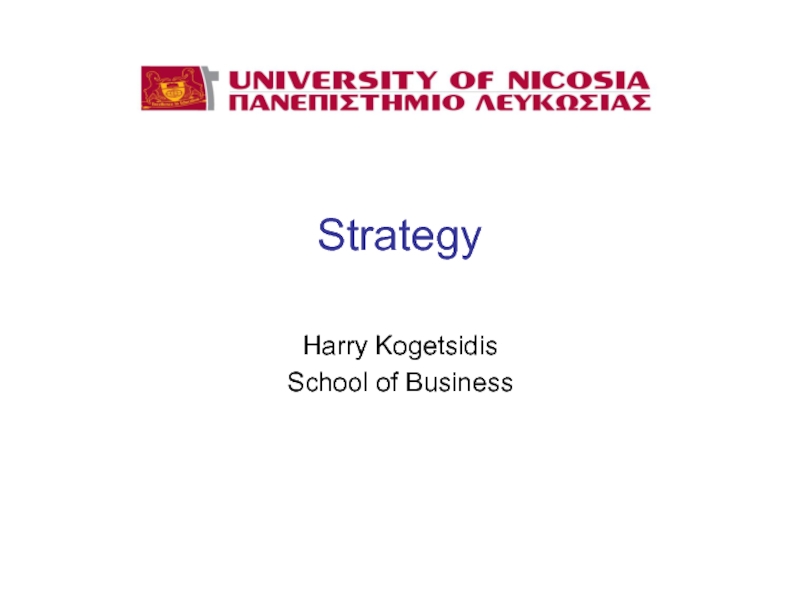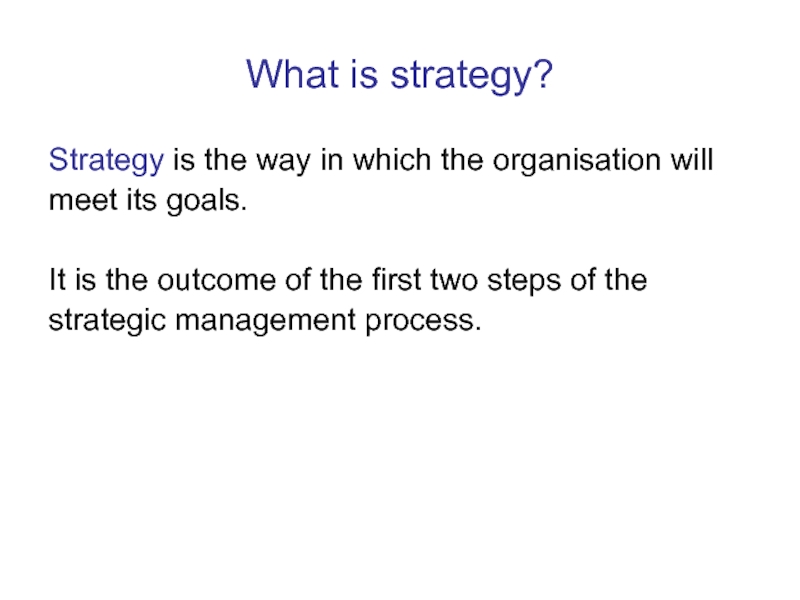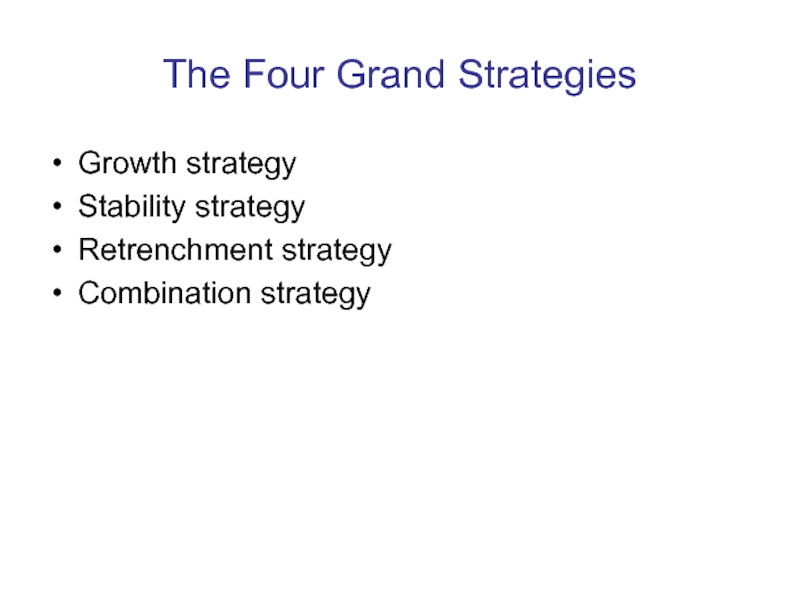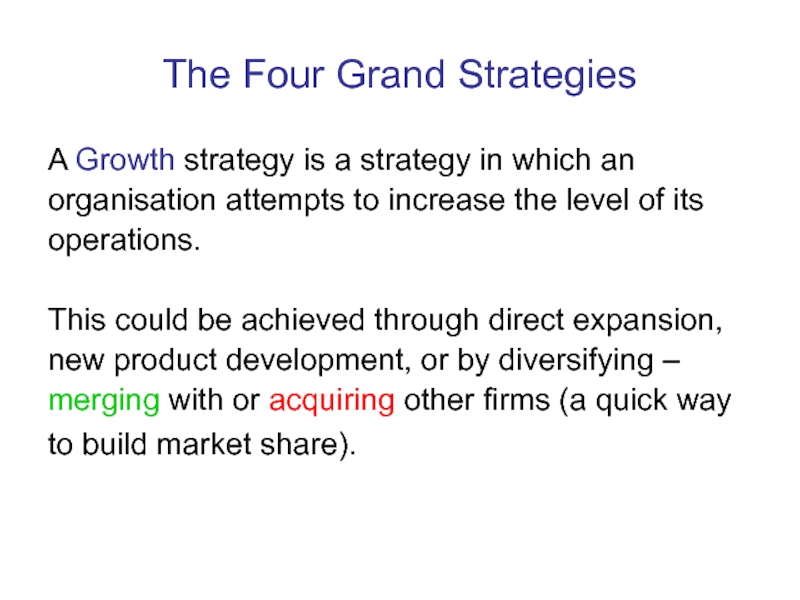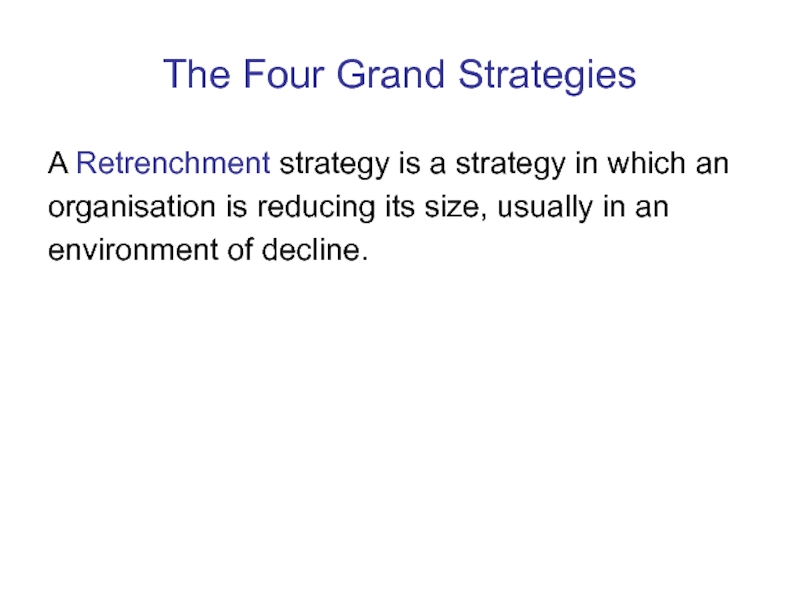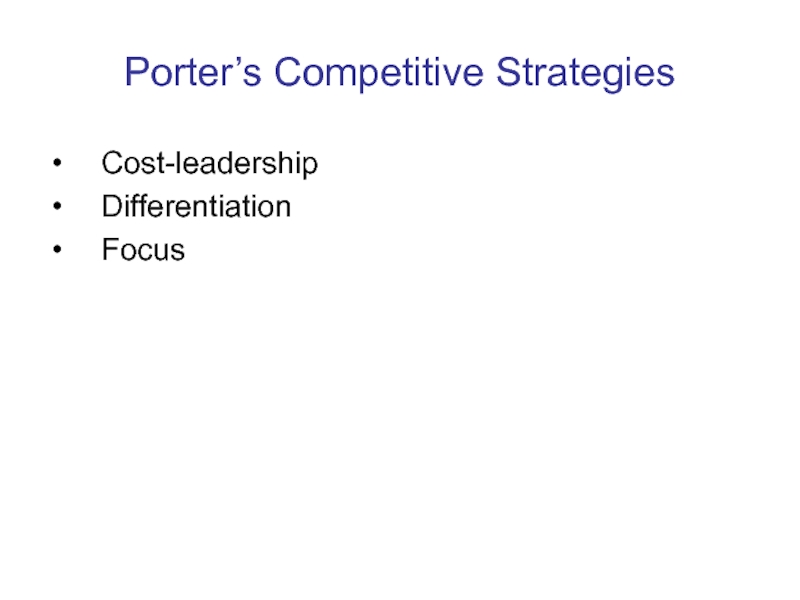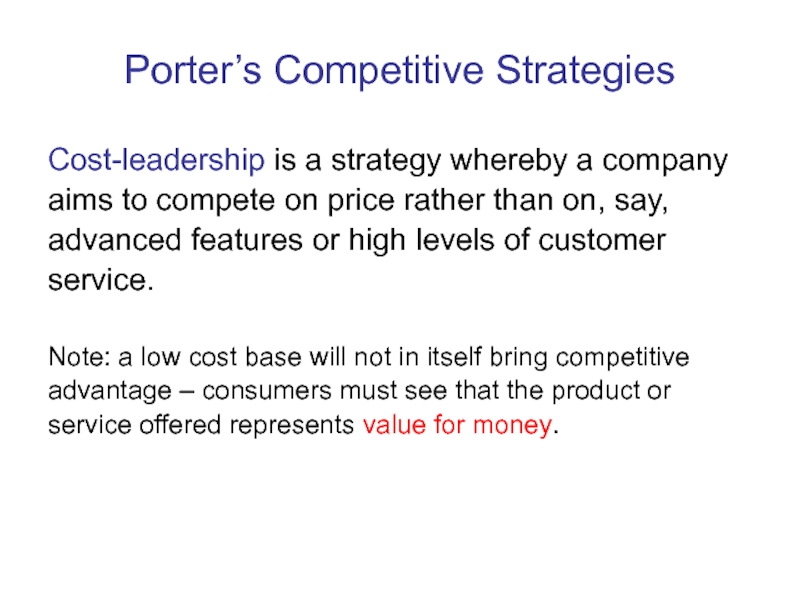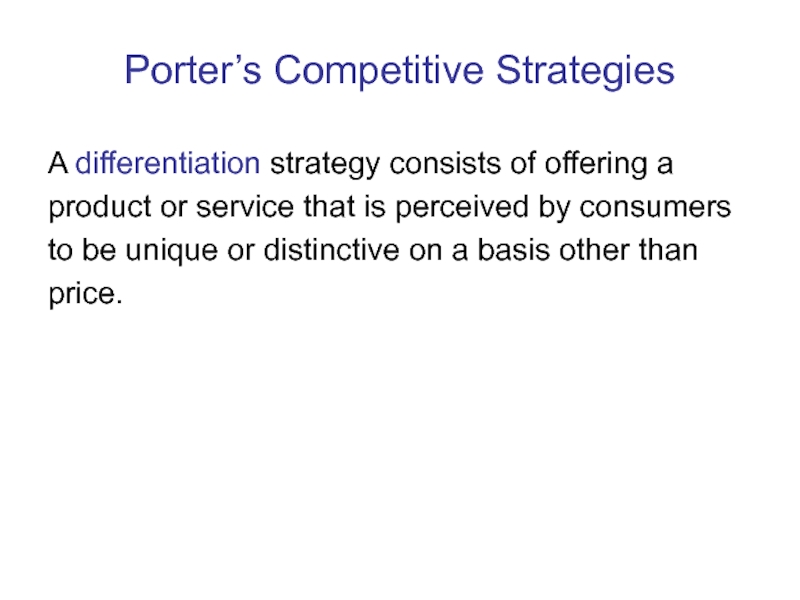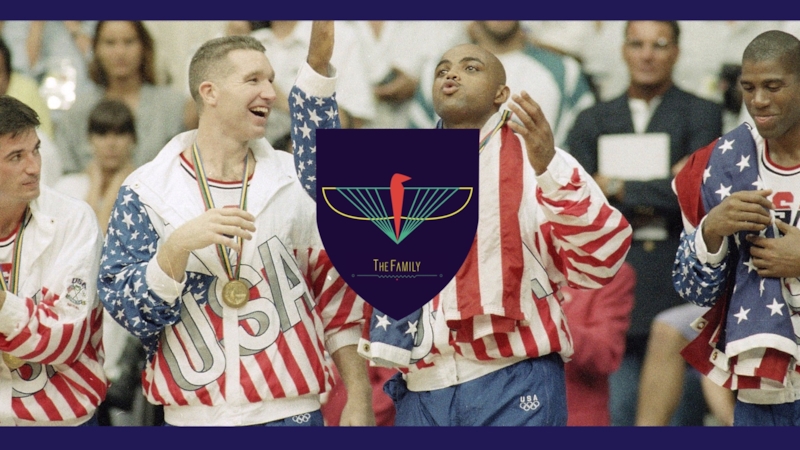- Главная
- Разное
- Дизайн
- Бизнес и предпринимательство
- Аналитика
- Образование
- Развлечения
- Красота и здоровье
- Финансы
- Государство
- Путешествия
- Спорт
- Недвижимость
- Армия
- Графика
- Культурология
- Еда и кулинария
- Лингвистика
- Английский язык
- Астрономия
- Алгебра
- Биология
- География
- Детские презентации
- Информатика
- История
- Литература
- Маркетинг
- Математика
- Медицина
- Менеджмент
- Музыка
- МХК
- Немецкий язык
- ОБЖ
- Обществознание
- Окружающий мир
- Педагогика
- Русский язык
- Технология
- Физика
- Философия
- Химия
- Шаблоны, картинки для презентаций
- Экология
- Экономика
- Юриспруденция
Strategy. The Four Grand Strategies презентация
Содержание
- 1. Strategy. The Four Grand Strategies
- 2. Lecture’s topics What are the basic types
- 3. What is strategy? Strategy is the way
- 4. The Four Grand Strategies Growth strategy Stability strategy Retrenchment strategy Combination strategy
- 5. The Four Grand Strategies A Growth strategy
- 6. The Four Grand Strategies A Stability strategy
- 7. The Four Grand Strategies A Retrenchment strategy
- 8. The Four Grand Strategies A Combination strategy
- 9. Porter’s Competitive Strategies Cost-leadership Differentiation Focus
- 10. Porter’s Competitive Strategies Cost-leadership is
- 11. Porter’s Competitive Strategies A differentiation
- 12. Porter’s Competitive Strategies A focus
Слайд 2Lecture’s topics
What are the basic types of strategy that an organisation
can follow?
What are Porter’s competitive strategies?
What are Porter’s competitive strategies?
Слайд 3What is strategy?
Strategy is the way in which the organisation will
meet its goals.
It is the outcome of the first two steps of the
strategic management process.
Слайд 4The Four Grand Strategies
Growth strategy
Stability strategy
Retrenchment strategy
Combination strategy
Слайд 5The Four Grand Strategies
A Growth strategy is a strategy in which
an
organisation attempts to increase the level of its
operations.
This could be achieved through direct expansion,
new product development, or by diversifying –
merging with or acquiring other firms (a quick way
to build market share).
organisation attempts to increase the level of its
operations.
This could be achieved through direct expansion,
new product development, or by diversifying –
merging with or acquiring other firms (a quick way
to build market share).
Слайд 6The Four Grand Strategies
A Stability strategy is a strategy in which
an
organisation continues to serve its same market
and customers while maintaining its market share.
This strategy is characterised by an absence of
significant change.
organisation continues to serve its same market
and customers while maintaining its market share.
This strategy is characterised by an absence of
significant change.
Слайд 7The Four Grand Strategies
A Retrenchment strategy is a strategy in which
an
organisation is reducing its size, usually in an
environment of decline.
organisation is reducing its size, usually in an
environment of decline.
Слайд 8The Four Grand Strategies
A Combination strategy is a strategy in which
an
organisation simultaneously pursuits two or more
of the previous grand strategies.
organisation simultaneously pursuits two or more
of the previous grand strategies.
Слайд 10
Porter’s Competitive Strategies
Cost-leadership is a strategy whereby a company
aims to
compete on price rather than on, say,
advanced features or high levels of customer
service.
Note: a low cost base will not in itself bring competitive
advantage – consumers must see that the product or
service offered represents value for money.
advanced features or high levels of customer
service.
Note: a low cost base will not in itself bring competitive
advantage – consumers must see that the product or
service offered represents value for money.
Слайд 11
Porter’s Competitive Strategies
A differentiation strategy consists of offering a
product or
service that is perceived by consumers
to be unique or distinctive on a basis other than
price.
to be unique or distinctive on a basis other than
price.
Слайд 12
Porter’s Competitive Strategies
A focus strategy involves targeting a narrow
market segment,
such as a specific consumer
group (e.g. teenagers, over-60s) or a particular
geographical location.
group (e.g. teenagers, over-60s) or a particular
geographical location.
